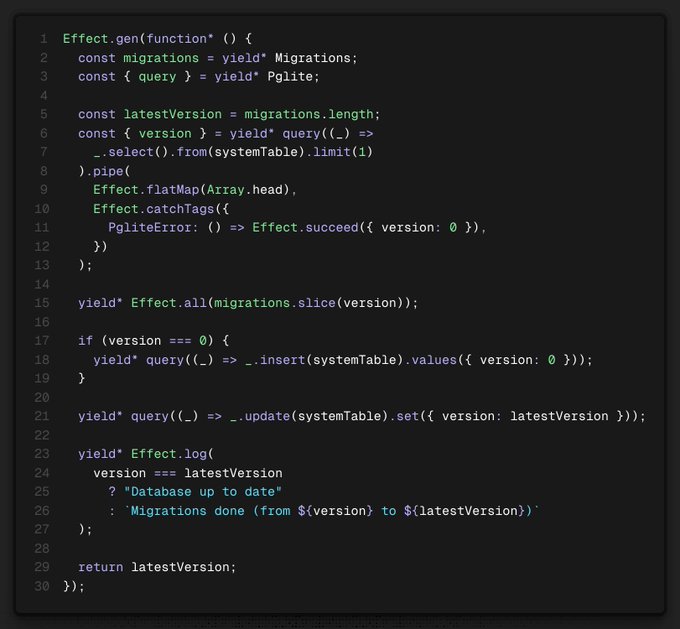The primary objective of any business is providing a (good) service 🤝
The prerequisite to sustain the service long-term is making money 🙌
These two incentives don't need to be in opposition. What (fair) options exists to turn a profit without disrupting your user experience?
Many options, but each with its own tradeoffs 👇
Subscriptions: sharing the burden
Your typical SaaS knocks for your money every month. That makes their profit repeatable and predictable.
Why are recurring payments necessary, really? Answer: maintenance costs.
A subscription is justified when the provider incurs in ongoing costs to maintain your account. Think about running server, bug fixes, new features.
The cloud model thrives with this system. When all the resources are stored on the server, it's just expected that the user should pay rent 💰
Just like renting, a subscription model locks users to the service. Nothing is really yours, you are tight to your monthly payment to access your resources.
Not the best experience long-term, especially for security and privacy.
Free tier: Enterprise pays for all
Some services do have ongoing costs, but you still get them for free. Why?
Answer: big spenders cover for small accounts.
A hobby project is not so resource-intensive to require payments. Even if it does consume some resources, the bill of large accounts covers for all small players.
That's how you can enjoy most services for free, as long as you keep your consumption limited to you and not much else.
One-time payments: it's yours, but don't bother me
Software (but also games, ebooks, and much more) used to be sold one-time and be yours (locally) forever.
Single payments models rely on 2 assumptions:
- The product is single user, self-contained, and offline by design
- No new features are added or expected by the user
In summary: the business has no ongoing costs outside the initial production.
One-time payments are easy to implement and maintain. A single transaction, and both producer and buyer are out on their ways.
The problem is that most software is expected to work online, sync between devices, provide new features.
DLC
Downloadable Content (DLC) in gaming refers to additional content that players can buy and add to a video game after its initial release.
Software can do the same: one-time payments give access to the current version, new version incur in additional (one-time) costs.
Another option is offering a fixed time-window of updates (e.g. one year), and no more after that (unless the user pays another one-time fee).
Sponsors: The new ads
Another option to get your service for free are sponsors.
As a user, you incur in a little distraction for the privilege of not paying first-person. It's a collaboration really:
- The sponsor pays to get the eyes and attention of the users
- The business gets to deliver the service long-term
- The user receives the service for free
When sponsor, business, and users are aligned, the user may also get some valuable discounts and offers. When the incentives are aligned, everyone wins 🏆
A pricing model for local-first
What if the resources used by the software are part of the user's device?
At its core local-first mimics an offline-only app. As such, one-time payments can work.
The problems come with syncing between devices. Syncing requires maintaining a server, with relative costs for the business, falling back to subscriptions.
However, the costs of maintain a (relatively) simple syncing server are way less than a full server for everything. What about a hybrid model then?
Local-first software: one-time payment to unlock the full software locally, and a (small) subscription to add support for syncing.
I find this model to be fair, better privacy, with benefits and low-costs for both user and producer. Win-win 🏆
If you are interested in a full breakdown for pricing in games, this week I released a new article just for you: How games make money: fairness and gacha
Meanwhile, new content landing on Typeonce:
A key component of local-first is local database migrations 🔗 This is how I implement local migrations using Pglite, @DrizzleORM and @EffectTS_ 👇🧵 Show more
I added search and filters to the blog, as I am about to release more and more content 🚀
See you next 👋

